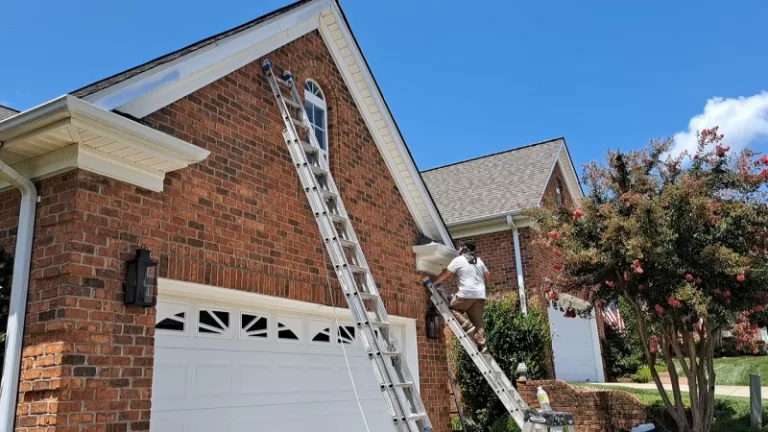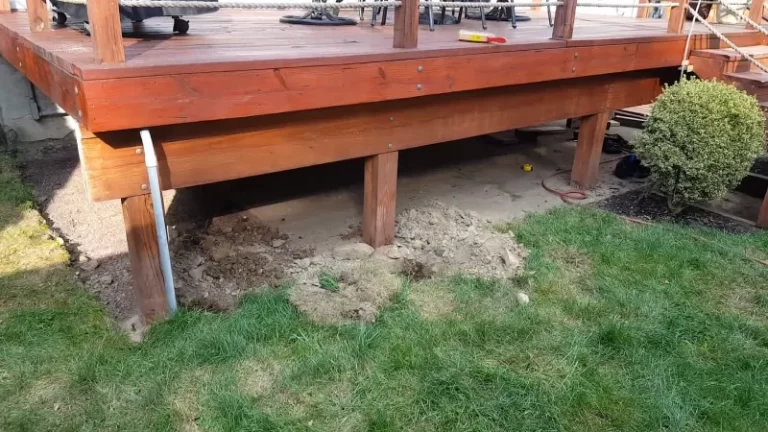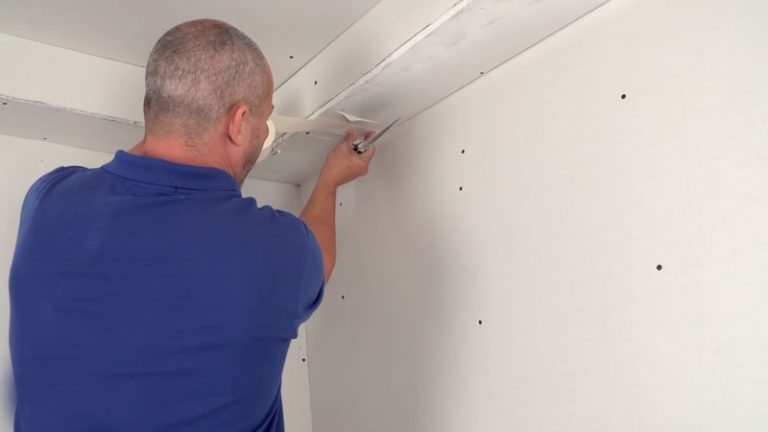R-Tech vs Owens Corning: The Ultimate Insulation Showdown
Choosing the right rigid foam insulation for your project can feel overwhelming. You’re standing in the aisle, staring at two popular options: R-Tech, with its distinctive foil-faced or blue appearance, and the iconic pink boards of Owens Corning FOAMULAR®. The problem? They both promise energy efficiency and improved comfort, but the differences aren’t immediately obvious, leaving you to wonder which one truly delivers the best value and performance for your specific needs.
This decision is more than just picking a color; it’s about ensuring the long-term durability, moisture resistance, and thermal performance of your walls, foundation, or roof. Making the wrong choice could lead to subpar insulation, potential moisture issues, or simply spending more than you need to. We’re here to cut through the confusion and give you a clear, comprehensive comparison to help you make an informed decision.
You'll Learn About
The Core Difference: EPS vs. XPS Explained
The fundamental distinction between R-Tech and Owens Corning insulation lies in their core material. R-Tech is typically Expanded Polystyrene (EPS), while Owens Corning FOAMULAR® is Extruded Polystyrene (XPS). Though both are polystyrene, the manufacturing process creates two very different products.
EPS is made by expanding small polystyrene beads with heat and pressure within a mold, fusing them together. Think of it like a tightly packed collection of tiny foam balls. This process results in a product that is generally less expensive and has a slightly lower R-value per inch compared to XPS. On the other hand, XPS is created through a continuous extrusion process that forms a homogenous, closed-cell structure. This gives it superior resistance to moisture and a higher compressive strength.
What This Means for Your Project
The choice between EPS and XPS has real-world implications for your project. If you’re insulating an area that is prone to moisture, such as a basement or below-grade application, the superior water resistance of Owens Corning’s XPS foam might be the better choice. Its closed-cell structure is virtually impervious to water, ensuring it maintains its insulating power over the long term. For projects where budget is the primary concern and moisture exposure is minimal, R-Tech’s EPS can be a very effective and cost-efficient solution.
Head-to-Head Comparison: R-Tech vs. Owens Corning
Let’s break down the key performance metrics to see how these two insulation giants stack up against each other. Understanding these differences is crucial for selecting the right product for your specific application, whether it’s for walls, roofs, or below-grade.
Both R-Tech and Owens Corning offer a range of products with varying thicknesses and R-values. However, for a direct comparison, we will look at their most common offerings. It’s important to remember that higher R-values mean better insulation performance. For those aiming for maximum efficiency, exploring options like high R-value insulation can provide significant energy savings.
Thermal Performance (R-Value)
When it comes to insulation, R-value is king. Owens Corning FOAMULAR® XPS typically offers a higher R-value per inch, generally around R-5. This can be a significant advantage in situations where space is limited, such as in a 2×4 wall. Trying to maximize insulation in a tight space is a common challenge, and you can learn more about insulating 2×4 walls in our detailed guide.
R-Tech EPS, while still a great insulator, usually provides an R-value of around R-3.85 to R-4 per inch. However, some R-Tech products come with a reflective facer that, when installed with an air gap, can increase the overall R-value of the assembly.

Moisture Resistance
Here, Owens Corning’s XPS has a clear advantage. Its manufacturing process creates a consistent closed-cell structure that is highly resistant to water absorption. This is a critical factor in below-grade applications like basements, where moisture can degrade the performance of other insulation types. For a deeper dive into this topic, our article on EPS vs XPS for basements provides a thorough analysis.
R-Tech’s EPS, due to the way the beads are fused, can have tiny channels between them that may allow for some water absorption over time. While many R-Tech products have facers that provide a moisture barrier, the core material is not as inherently water-resistant as XPS.
Compressive Strength
Compressive strength is a measure of an insulation’s ability to withstand pressure without being crushed. Owens Corning FOAMULAR® products are available in various compressive strengths, starting from 15 psi (FOAMULAR® 150) and going up to 100 psi, making them suitable for high-load applications like under concrete slabs.
R-Tech EPS also comes in different densities, but its base compressive strength is generally lower than that of XPS. For most residential applications, the compressive strength of R-Tech is more than adequate. However, for heavy-duty commercial or industrial projects, the higher compressive strength of XPS might be necessary.
Ease of Installation and Durability
Both products are lightweight and relatively easy to work with. They can be cut with a utility knife or a saw. Some users find that XPS cuts more cleanly, while EPS can sometimes be messier, leaving behind small foam particles. R-Tech’s foil facer can sometimes delaminate, which is a consideration during installation.
In terms of durability, the denser structure of XPS makes it more resistant to damage on the job site. Both products, however, should be protected from prolonged sun exposure, as UV rays can degrade the polystyrene over time.
Cost and Availability
For many, the decision will come down to price. R-Tech is generally the more budget-friendly option, often costing significantly less per sheet than Owens Corning FOAMULAR®. This can lead to substantial savings on large projects. Both products are widely available at major home improvement stores, so you should have no trouble sourcing either one for your project.
When considering cost, it’s essential to weigh the upfront savings against the long-term performance benefits. While R-Tech may be cheaper initially, the higher R-value and superior moisture resistance of Owens Corning XPS could lead to greater energy savings and durability over the life of the building.
| Feature | R-Tech (EPS) | Owens Corning FOAMULAR® (XPS) |
|---|---|---|
| Core Material | Expanded Polystyrene | Extruded Polystyrene |
| R-Value per Inch | Approx. 3.85 – 4.0 | Approx. 5.0 |
| Moisture Resistance | Good (often faced), but core can absorb water | Excellent, core is highly water-resistant |
| Compressive Strength | Good (varies by density) | Excellent (available in higher strengths) |
| Cost | Lower | Higher |
| Common Uses | General construction, walls, roofs, DIY projects | Below-grade, under slab, high-moisture areas, commercial |
Which One Should You Choose? The Final Verdict
So, what’s the bottom line in the R-Tech vs. Owens Corning debate? The answer truly depends on your specific project, priorities, and budget.
Choose R-Tech if:
- Your budget is a primary concern. The lower cost of R-Tech can make a big difference, especially on larger projects.
- The application is above-grade and has minimal exposure to moisture. For standard wall sheathing or attic applications, R-Tech is a perfectly suitable and economical choice.
- You need a product with a reflective facer. The radiant barrier on some R-Tech products can provide an extra thermal boost in the right application.
Choose Owens Corning FOAMULAR® if:
- You need the highest R-value per inch. In space-constrained applications, the R-5 per inch of XPS can be invaluable.
- The insulation will be in a high-moisture environment. For basements, foundations, and other below-grade uses, the superior moisture resistance of XPS is non-negotiable.
- You require high compressive strength. For applications under concrete slabs or in other high-load situations, the durability of XPS is essential.
Frequently Asked Questions
What are the main types of insulation offered by R-Tech and Owens Corning?
R-Tech specializes in rigid foam insulation made from expanded polystyrene (EPS). Owens Corning, a broader insulation manufacturer, offers a variety of products including their well-known PINK fiberglass insulation and extruded polystyrene (XPS) rigid foam board.
What is the difference in insulation (R-value) between R-Tech and Owens Corning foam boards?
Generally, Owens Corning’s extruded polystyrene (XPS) foam board has a higher R-value per inch than R-Tech’s expanded polystyrene (EPS) foam board. For example, a 2-inch Owens Corning board might have an R-value of R-10, while a 2-inch R-Tech board could be around R-7.7.
How do R-Tech and Owens Corning foam insulation compare in terms of moisture resistance?
Owens Corning’s XPS foam board is generally more moisture-resistant than R-Tech’s EPS foam. The closed-cell structure of XPS insulation makes it less permeable to water, which is a significant advantage in below-grade applications like basements.
Is there a significant cost difference between R-Tech and Owens Corning rigid foam insulation?
Yes, R-Tech EPS foam board is typically less expensive than Owens Corning XPS foam board. This cost difference is a primary consideration for many builders and homeowners when choosing between the two products.
Are both R-Tech and Owens Corning insulation easy to install for DIY projects?
Both R-Tech and Owens Corning rigid foam boards are considered lightweight and relatively easy to cut and install for various applications. However, some users note that cutting R-Tech (EPS) can be messier due to its beaded structure compared to the smoother cut of Owens Corning’s XPS foam.
Making the Right Investment for Your Home
Ultimately, both R-Tech and Owens Corning are quality products from reputable manufacturers that can significantly improve the energy efficiency of your home. By understanding the core differences between EPS and XPS, you can confidently select the insulation that best aligns with the demands of your project and your financial plan. The right choice will provide comfort and energy savings for years to come.



